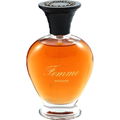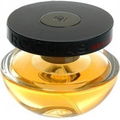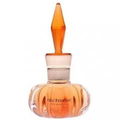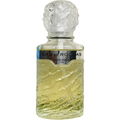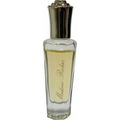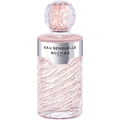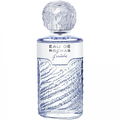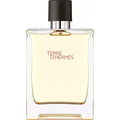07/08/2022
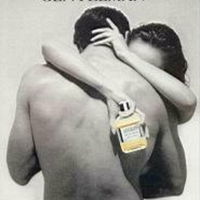
HugoMontez
80 Reviews

HugoMontez
Top Review
11
Timeless masterpiece
1993 was almost 30 years ago and, at that time, perfumery was changing. Masculines were trying new grounds, with a new freshness. Dihydromyrcenol was a new thing, with Cool Water and Drakkar Noir's popularity, and even Calone was already being used in some masculines ( Kenzo pour Homme Eau de Toilette or New West for Him Skinscent ) .
But Rochas, and Gilles Romey, who did 5 years later the excelent Rocabar Eau de Toilette , worked on a masculine counterpart of Eau de Rochas ( A classic chypre-citrus fragrance for women that it's still iconic and a bestseller of the brand).
But looking for the Homme version, the fragrance is one of my favorite fresh citric fragrances out there and the reason of it it's because it has one foot on the classic woody citrus masculine concept (Eau Sauvage or Chanel Pour Monsieur) and the other in a unique and complex resinous field.
Gilles Romey did a great job and this is probably one of the best citrus out there along with Eau Sauvage and Chanel Pour Monsieur. Its basically a lemon and verbena combo with a woody-resinous accord in the base, manly made with myrrh. Adds a bit of sweetness and brightness and amplifies the performance. Very distinctive and convincing. Being able to put myrrh in a citrus based scent without making it too sweet and oriental, is a masterfull job and i appreciate that a lot.
Performs really good (i have the old formula from the early 00s but i wore decants of the newer stuff and it's really close and well performer also) and has a refreshing yet gentleman aura around it. Easily recomendable and a must buy, really.
A fragnrace that never goes out of style without being to predictable.
5/5
EDIT: i almost forgot to mention that this is a super inexpensive fragrance on online discounters, which is a plus and another reason to have it in your collection.
But Rochas, and Gilles Romey, who did 5 years later the excelent Rocabar Eau de Toilette , worked on a masculine counterpart of Eau de Rochas ( A classic chypre-citrus fragrance for women that it's still iconic and a bestseller of the brand).
But looking for the Homme version, the fragrance is one of my favorite fresh citric fragrances out there and the reason of it it's because it has one foot on the classic woody citrus masculine concept (Eau Sauvage or Chanel Pour Monsieur) and the other in a unique and complex resinous field.
Gilles Romey did a great job and this is probably one of the best citrus out there along with Eau Sauvage and Chanel Pour Monsieur. Its basically a lemon and verbena combo with a woody-resinous accord in the base, manly made with myrrh. Adds a bit of sweetness and brightness and amplifies the performance. Very distinctive and convincing. Being able to put myrrh in a citrus based scent without making it too sweet and oriental, is a masterfull job and i appreciate that a lot.
Performs really good (i have the old formula from the early 00s but i wore decants of the newer stuff and it's really close and well performer also) and has a refreshing yet gentleman aura around it. Easily recomendable and a must buy, really.
A fragnrace that never goes out of style without being to predictable.
5/5
EDIT: i almost forgot to mention that this is a super inexpensive fragrance on online discounters, which is a plus and another reason to have it in your collection.
2 Comments







 Top Notes
Top Notes  Lime
Lime Lemon
Lemon Bergamot
Bergamot Lemon vervain
Lemon vervain Aldehydes
Aldehydes Basil
Basil Mandarin orange
Mandarin orange Heart Notes
Heart Notes  Coriander
Coriander Freesia
Freesia Carnation
Carnation Jasmine
Jasmine Lily of the valley
Lily of the valley Rose
Rose Violet
Violet Base Notes
Base Notes  Oakmoss
Oakmoss Cedar
Cedar Musk
Musk Vetiver
Vetiver Amber
Amber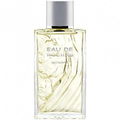













 BertolucciK
BertolucciK Syzygy73
Syzygy73 Elysium
Elysium Marabunta
Marabunta MrHonest
MrHonest DPArtist
DPArtist PedroCabral
PedroCabral Topfpflanze3
Topfpflanze3 Torke
Torke Danielsemedo
Danielsemedo

